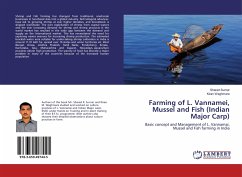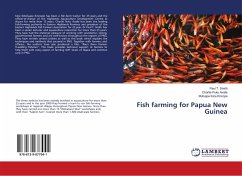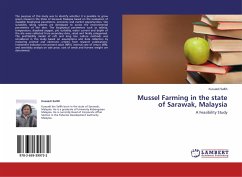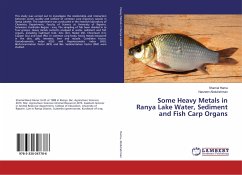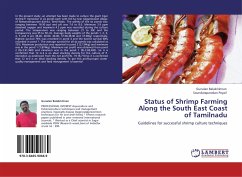Shrimp and Fish farming has changed from traditional, small-scale businesses in Southeast Asia into a global industry. Technological advances have led to growing shrimp at ever higher densities, and broodstock is shipped worldwide. The over exploitation of shrimp from coastal waters and the ever increasing demand for shrimp and shrimp products in the world market has resulted in the wide gap between the demand and supply on the International market. This has necessitated the need for exploring newer avenues for increasing shrimp production. The estimated brackish water area suitable for under-taking shrimp cultivation in India is around 11.91 lakh ha. spread over 10 states and union territories viz. West Bengal, Orissa, Andhra Pradesh, Tamil Nadu, Pondicherry, Kerala, Karnataka, Goa, Maharashtra and Gujarat. Nowadays, aquaculture practices obtain high production. The scarcity of food has become a major problem in many of the countries because of the increased human population.
Bitte wählen Sie Ihr Anliegen aus.
Rechnungen
Retourenschein anfordern
Bestellstatus
Storno

